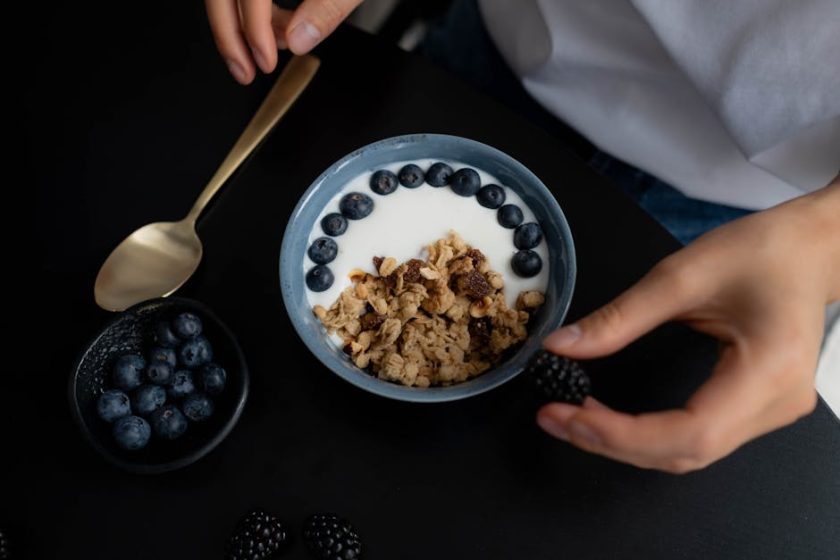How to Create a Balanced Flexitarian Diet for Weight Loss
In recent years, the flexitarian diet has gained popularity as a flexible and sustainable approach to eating that promotes health and weight loss. By combining the flexibility of a vegetarian diet with the occasional inclusion of meat, the flexitarian diet offers a balanced approach to nutrition. In this guide, we’ll explore how to create a balanced flexitarian diet specifically tailored for weight loss, offering actionable tips, statistics, and meal ideas.
What is a Flexitarian Diet?
The term “flexitarian” is a blend of “flexible” and “vegetarian.” This diet emphasizes plant-based foods while allowing for moderate consumption of meat and other animal products. According to a 2020 study published in the Journal of Nutrition, flexitarians consume meat less than five times a week. This diet is considered more sustainable and accessible than strict vegetarian or vegan diets.
Benefits of a Flexitarian Diet
There are several benefits of adopting a flexitarian diet, including:
- Weight Loss: A study from the American Journal of Clinical Nutrition found that flexitarians had lower body mass indexes (BMIs) compared to non-vegetarians.
- Improved Heart Health: Plant-based diets have been associated with reduced risk of heart disease.
- Environmental Impact: Reducing meat consumption can lower your carbon footprint.
Creating a Balanced Flexitarian Diet for Weight Loss
To effectively lose weight on a flexitarian diet, it’s important to focus on balance and moderation. Here are the key components of a balanced flexitarian diet:
Focus on Whole Foods
Whole foods are minimally processed and rich in essential nutrients. Prioritize foods such as fruits, vegetables, whole grains, legumes, nuts, and seeds. These foods are high in fiber, which can help you feel full longer and reduce overall calorie intake.
Limit Processed Foods
Processed foods can be high in added sugars, unhealthy fats, and sodium. Limiting these can help you reduce calorie intake and improve overall health. Opt for home-cooked meals and snacks to have better control over the ingredients you consume.
Include Lean Proteins
Protein is crucial for weight loss as it helps build and repair tissues and supports muscle growth. Include plant-based proteins like beans, lentils, tofu, tempeh, and quinoa. When consuming animal proteins, choose lean options such as chicken breast, turkey, and fish.
Practice Portion Control
Even healthy foods can contribute to weight gain if consumed in large quantities. Practice mindful eating by paying attention to hunger cues and serving sizes. Use smaller plates and bowls to help moderate portion sizes.
Plan Your Meals
Meal planning can help you maintain a balanced diet and prevent impulsive eating. Plan your meals ahead of time, ensuring they include a variety of nutrients. This practice can also help you save time and reduce food waste.
Stay Hydrated
Drinking water is essential for weight loss and overall health. Aim to drink at least eight glasses of water a day. Staying hydrated can help control appetite and improve digestion.
Sample Flexitarian Meal Plan for Weight Loss
Here is a sample meal plan to get you started on a flexitarian diet:
Breakfast
Oatmeal: Cook oats with almond milk and top with fresh berries and a sprinkle of chia seeds.
Lunch
Quinoa Salad: Combine cooked quinoa with cherry tomatoes, cucumber, avocado, and a handful of spinach. Drizzle with lemon-tahini dressing.
Dinner
Grilled Salmon: Serve with steamed broccoli and sweet potato mash.
Snacks
Enjoy a handful of mixed nuts or sliced apple with almond butter.
Conclusion
Embracing a flexitarian diet can be a sustainable and effective way to lose weight while promoting overall health. By focusing on whole foods, incorporating lean proteins, and practicing portion control, you can create a balanced diet that supports weight loss. Remember to stay hydrated and plan your meals to keep your diet on track. With these guidelines, you’re well on your way to achieving your weight loss goals on a flexitarian diet.

